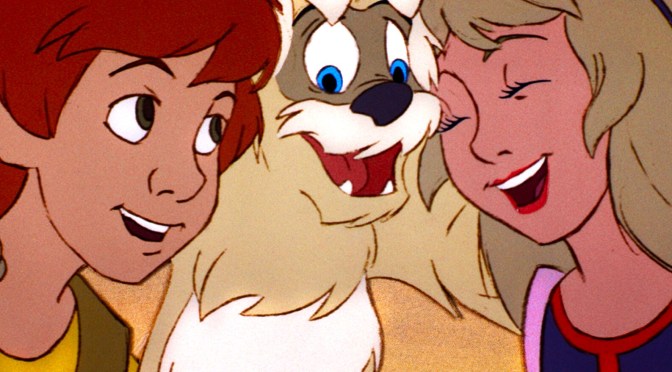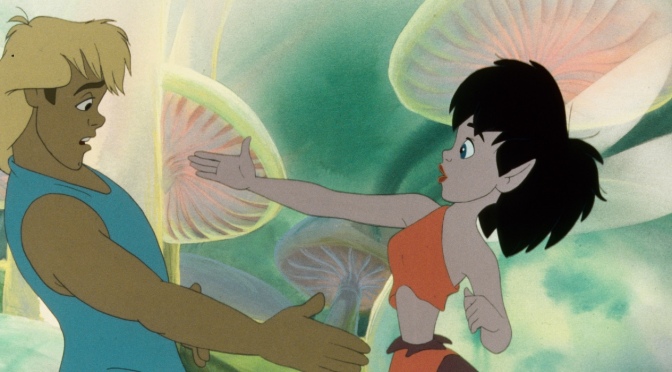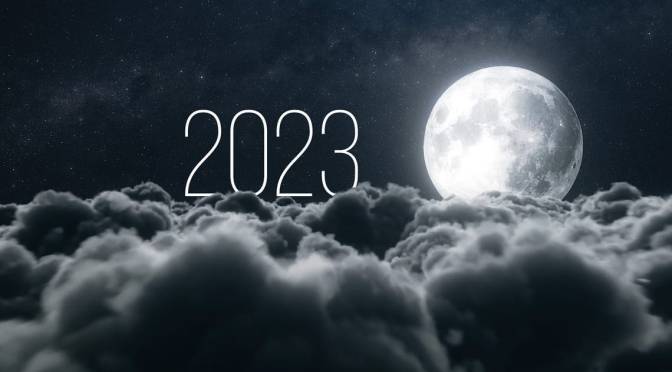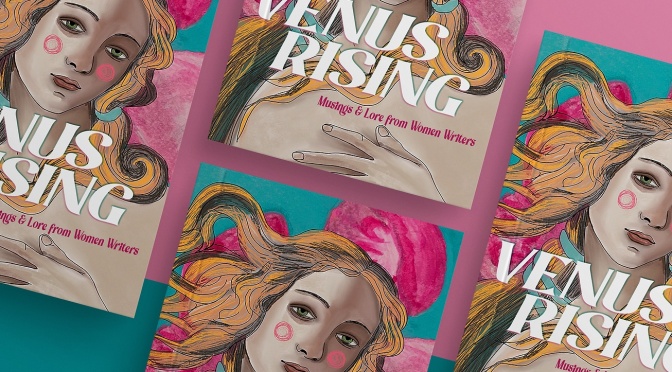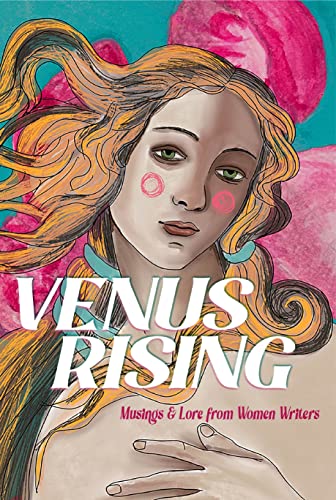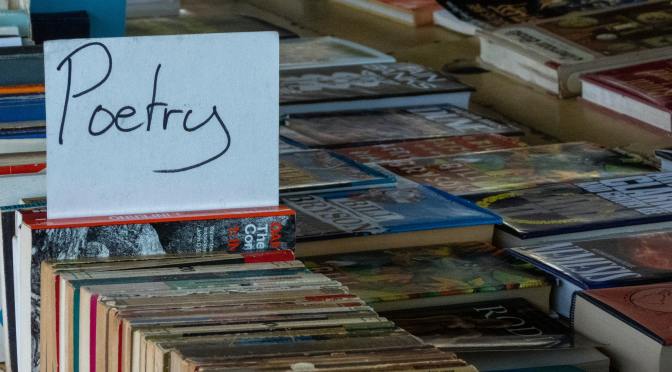One of the hardest things for me to grasp is that writing, in my experience, is not seen as a viable talent or a gift which needs refining. You see it in the creative world and you see it in the professional/corporate world. Everywhere. And I’ve dabbled in just about all of it: technical writing, poetry, dialogue, most recently copywriting.
One of the saddest moments I had in my experience as a technical writer was spending many hours rewriting an online training manual. I took a lot of the language which was fairly conversational and translated it into more palatable verbiage for the reader and a person new to an unknown process. I left the job and came back a year later to find that my manual had been edited, by many, with no checks. Inconsistencies in phrasing and wording abounded and I just looked away. Anyone can do it, right?
For an example of good vs. bad technical writing, just think about every piece of furniture you’ve tried to assemble on your own. How difficult was it? Did the instructions help or hinder you? Technical writing is important. Not everyone can do it well or effectively. But if it’s not seen as a viable skill, anyone can do it, right? And that’s when the confusion begins.
The same goes for creative writing. Someone doesn’t just come out the gate a Hemingway or a Ishiguro. Not even Hemingway or Ishiguro. It takes years of honing and practicing and (almost always) relying on the advice of others to better your craft. Molly McCowan of Inkbot Editing has a great post where she talks about the importance of an editor in writing and relying on the advice of others. There seems to be a common misconception that great writing just is. It springs up out of nowhere, BAM. New York Times Bestseller and long-lasting masterpiece.
My favorite part of the process has always been revision. To me, the first draft is that lumpy pile of clay and I don’t even know where to start or what shape it really is by the time I’ve written it. In revision, however, I start to see the true form and I feel most inspired. That’s what editors are here for, to feed you that inspiration and cut out that shape you’re trying to find, Mold your treasured words before you put them out into the world.
(featured image by Aaron Burden)
